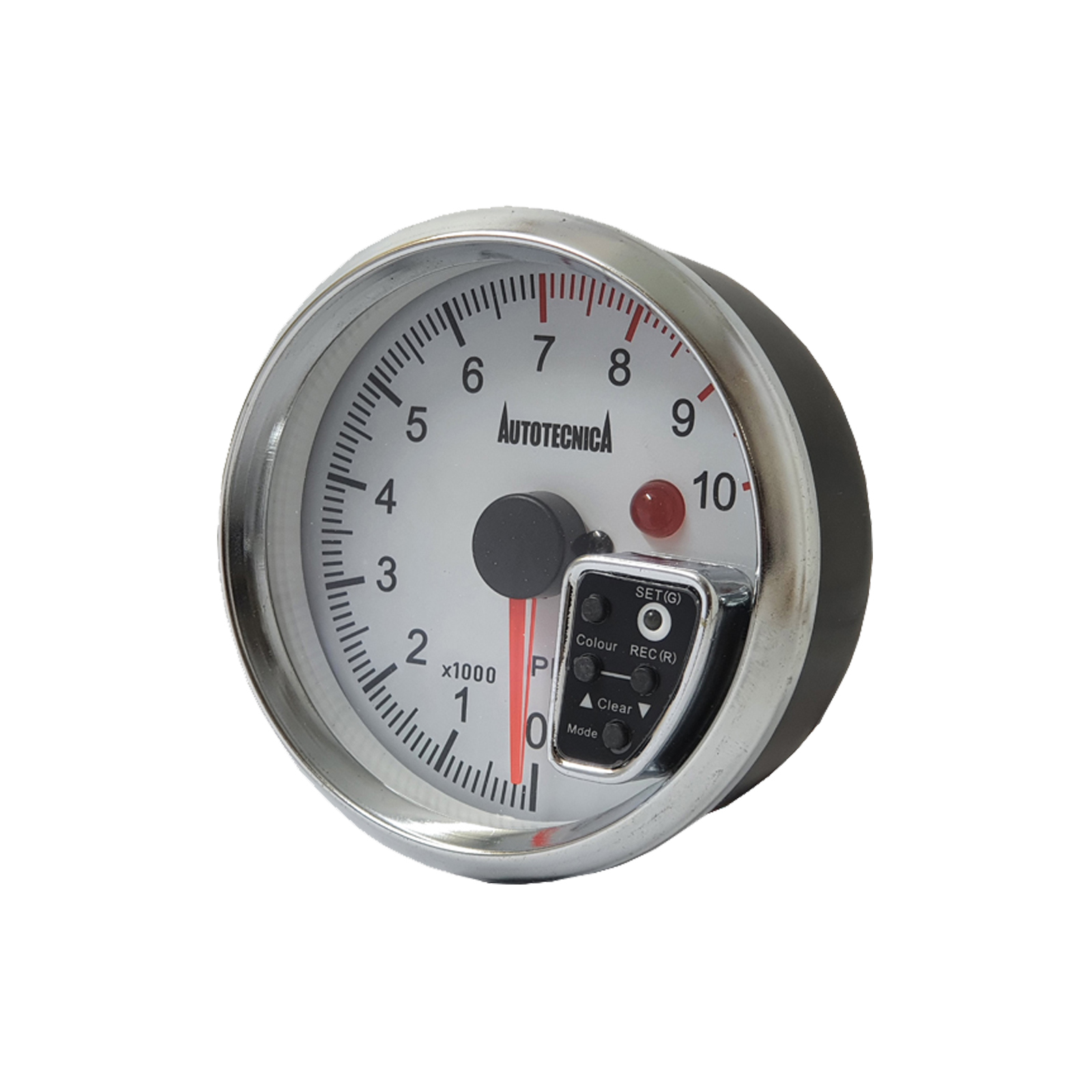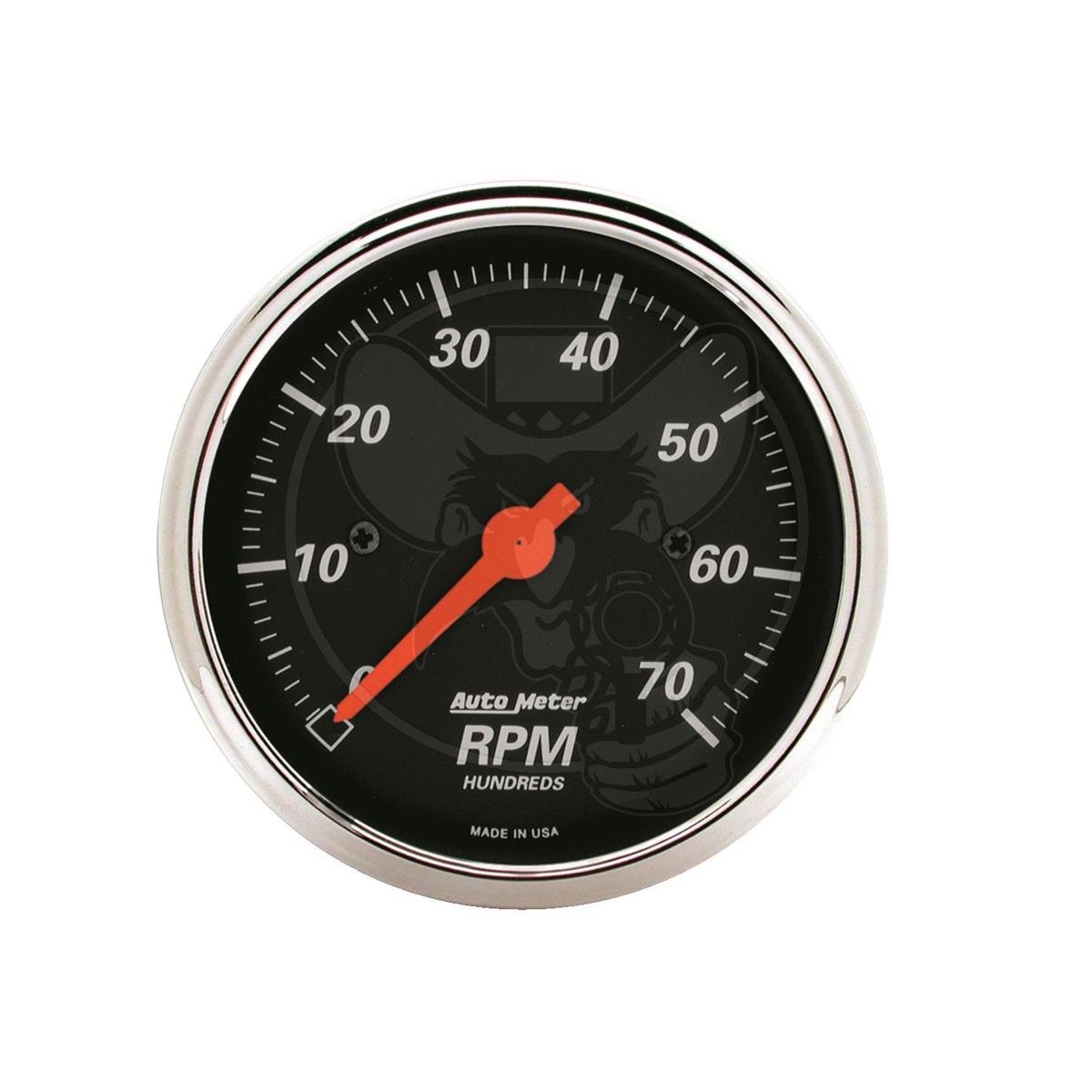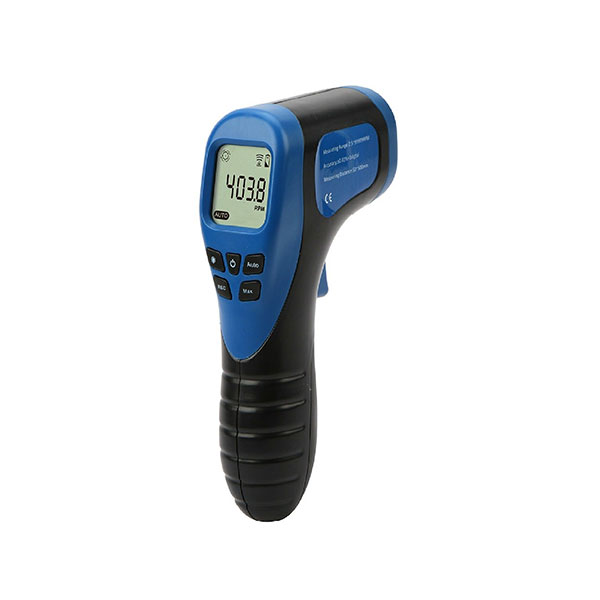The Benefits of Setting Up a Tachometer in Your Car
The Benefits of Setting Up a Tachometer in Your Car
Blog Article
The Importance of a Tachometer in Checking Engine Rate and Efficiency in Automotive Applications
In the world of automotive engineering, the tachometer stands as a pivotal tool in the motorist's collection, giving a straight home window into the inner functions of a car's engine. Past its feature as a simple scale of revolutions per minute (RPM), the tachometer works as a crucial device for lovers and experts alike, providing real-time understandings right into engine performance and wellness. Understanding the importance of this tool goes beyond surface-level observations, delving right into the complex connection between engine rate, power output, and total driving experience. As we explore the multifaceted role of the tachometer in auto applications, a deeper appreciation for its effect on car dynamics and effectiveness begins to arise.
Importance of Monitoring Engine RPM
Keeping an eye on engine RPM, or revolutions per minute, is a crucial aspect of auto maintenance and efficiency evaluation. Engine RPM straight correlates with the speed at which the engine's crankshaft rotates, suggesting how rapidly the engine is running.
Moreover, monitoring engine RPM is essential for performance analysis in racing and high-performance lorries. In recap, keeping an eye on engine RPM is not just crucial for finding concerns yet likewise for optimizing engine performance in different vehicle applications.

Benefits of Real-Time Data
In automotive applications, real-time information plays an essential duty in giving instant understandings into the performance and problem of the vehicle. By constantly monitoring numerous specifications such as engine rate, temperature, gas intake, and more, real-time information uses numerous advantages that add to boosted efficiency and safety on the roadway.
One substantial advantage of real-time data is its capability to sharp motorists and specialists to any anomalies or issues immediately. This proactive technique makes it possible for fast recognition of prospective issues, enabling timely interventions to stop more damages or malfunctions. Furthermore, real-time information facilitates performance optimization by providing instant feedback on driving practices and engine performance. Drivers can change their habits in real-time based upon this information to achieve far better gas economy and lengthen the life expectancy of their vehicle.

Moreover, real-time information plays a crucial duty in modern auto diagnostics, enabling professionals to rapidly detect and address breakdowns. This results in decreased downtime, reduced maintenance costs, and inevitably, improved general car reliability and long life (tachometer). By taking advantage of the power of real-time data, vehicle stakeholders can make informed decisions that positively affect both the efficiency and durability of the vehicle
Influence On Equipment Shifts
Reliable gear shifts in automobile applications considerably affect general efficiency and driving experience. The tachometer plays a critical role in maximizing equipment shifts by giving real-time engine rate information to the Visit Website chauffeur. When approaching the redline on the tachometer, it indicates the vehicle driver to upshift to protect against over-revving the engine and causing possible damage. On the other hand, downshifting at the best moment can help maintain the engine in its power band, ensuring receptive acceleration when required.
Furthermore, the tachometer help in attaining smoother gear transitions, specifically in manual transmissions. By keeping track of engine speed, vehicle drivers can perform gear shifts at the optimal RPM variety, minimizing snagging activities and lessening endure the transmission parts. This accuracy on duty adjustments not just boosts driving comfort yet additionally adds to fuel efficiency.
Enhancing Fuel Performance
Given the vital duty the tachometer plays in optimizing equipment shifts for performance and engine health, it directly adds to maximizing fuel efficiency in automobile applications. By supplying real-time responses on engine rate, the tachometer helps chauffeurs in keeping one of the most effective RPM array for gas economic climate. When chauffeurs continually check the tachometer and readjust their driving behaviors appropriately, they can avoid unnecessary gas usage brought on by over-revving or lugging the engine.
Additionally, the tachometer aids chauffeurs determine one of the most fuel-efficient click equipment to be in at any kind of provided moment, avoiding the engine from functioning more challenging than necessary. This is particularly vital during velocity and travelling, where being in the appropriate gear can significantly influence fuel effectiveness. In addition, the tachometer can signal vehicle drivers to possible mechanical problems that might be negatively impacting gas economic climate, such as a sliding clutch or a clogged air filter. In final thought, the tachometer functions as an important tool in improving gas efficiency by advertising optimal driving practices and recognizing locations for enhancement in the automobile's efficiency.

Making The Most Of Engine Durability
The tachometer's function in monitoring engine rate and efficiency contributes in ensuring the longevity of automotive engines. By using the tachometer efficiently, vehicle drivers can optimize engine longevity via mindful RPM monitoring. Regularly revving an engine too expensive can result in too much damage on important parts, such as the pistons, shutoffs, and bearings. Gradually, this can result in decreased engine performance and potential malfunctions. Keeping track of the tachometer permits chauffeurs to stay within the recommended RPM array for their automobile, protecting against unnecessary strain on the engine and expanding its life expectancy.

Final Thought
In conclusion, the tachometer plays an important role in monitoring engine rate and efficiency in automotive applications. By supplying real-time data on RPM, it enables for reliable gear changes, boosted gas performance, and maximized engine long life. This device is essential for preserving ideal engine efficiency and making sure the total functionality of a vehicle.
Report this page